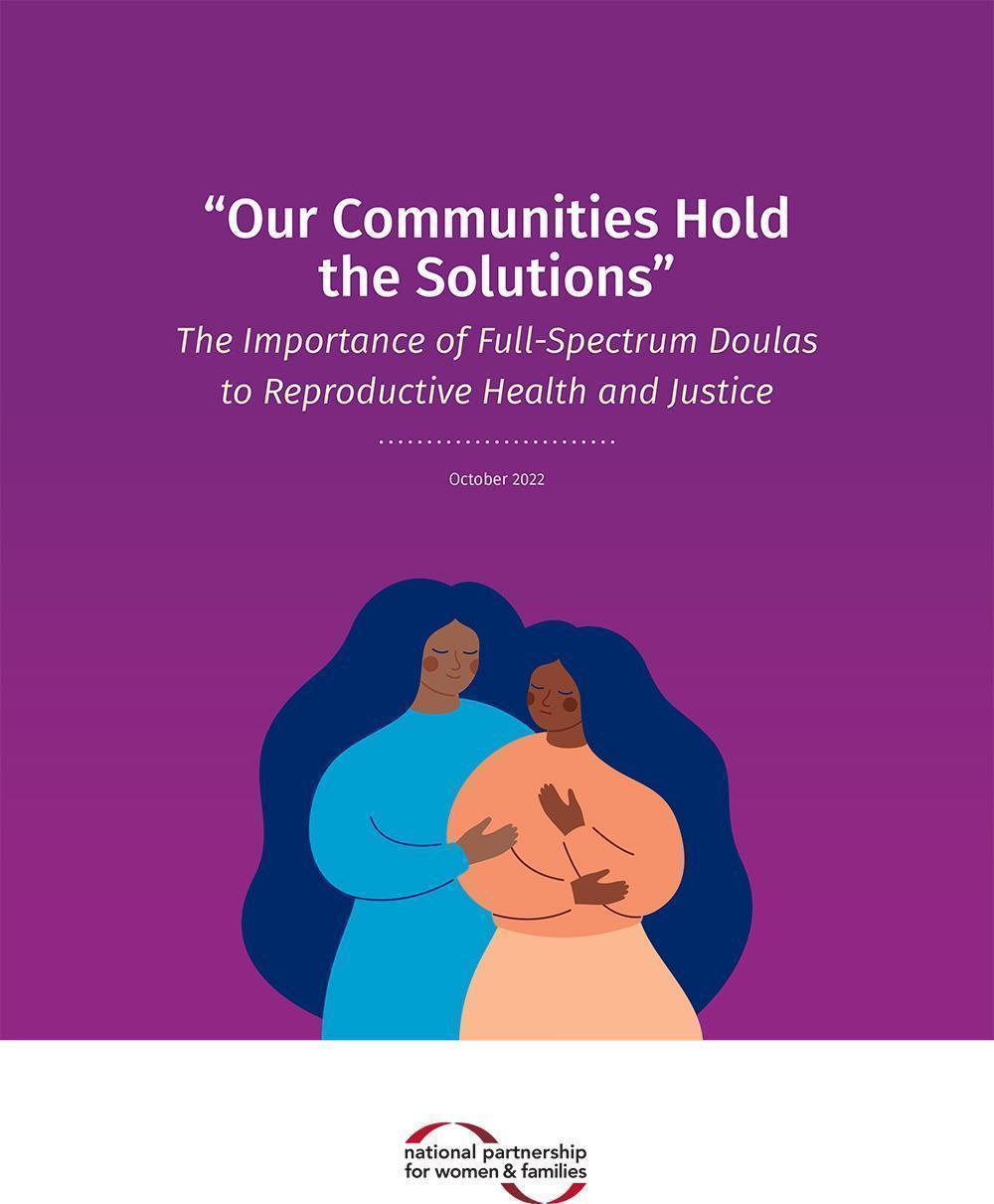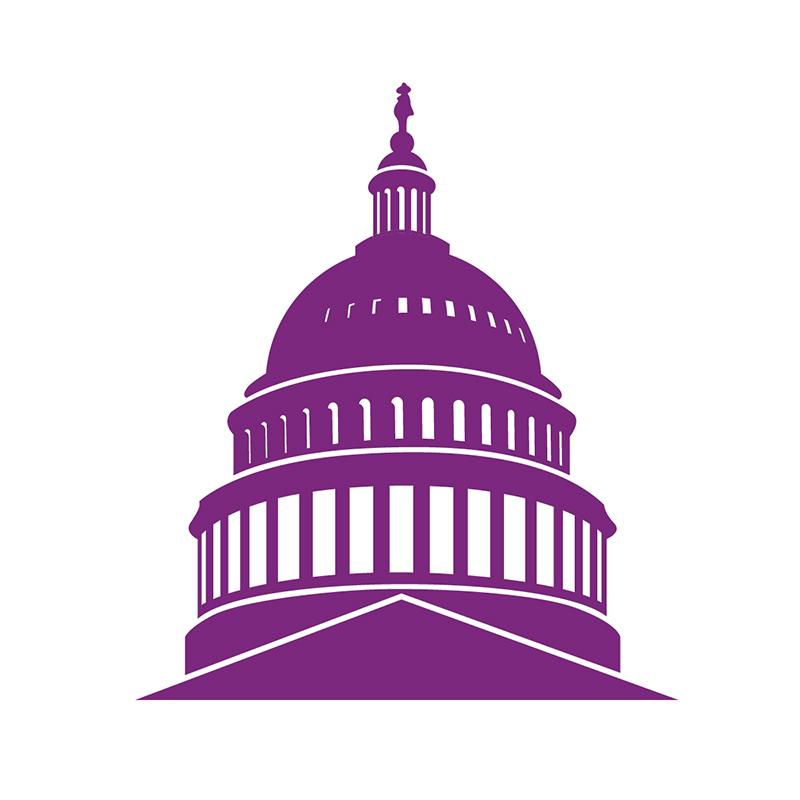Full-Spectrum Doulas Expand Reproductive Health and Justice
Doulas provide invaluable support to pregnant and birthing people, but most people only think of doulas within the context of labor, delivery, and the postpartum period.
In fact, doula support is available across a wide variety of experiences, including abortion, miscarriage, and stillbirth – the people who provide this essential care are commonly called full-spectrum doulas.
This report is informed by in-depth interviews with full-spectrum doulas, as well as health plans and public entities that pay for doula services. From these interviews, it is clear that full-spectrum doulas are engaged in deeply meaningful work that improves the health and well-being of individuals, families, and communities. Nevertheless, there are significant barriers to the provision of, and access to, full-spectrum doula services that must be addressed.
As the country’s reproductive health care crisis both deepens and broadens in the wake of the Supreme Court’s Dobbs decision overturning Roe v. Wade, we urgently need policy solutions that support full-spectrum doulas and their work in caring for people across a range of reproductive health care experiences and pregnancy outcomes.

Editor’s note: We recognize and respect that pregnant, birthing, postpartum, and parenting people have a range of gender identities, and do not always identify as “women” or “mothers.” In recognition of the diversity of identities, this report uses both gendered terms, as well as gender-neutral terms such as “people,” “pregnant people,” and “birthing persons.” In referencing studies, we use the typically gendered language of the authors.



